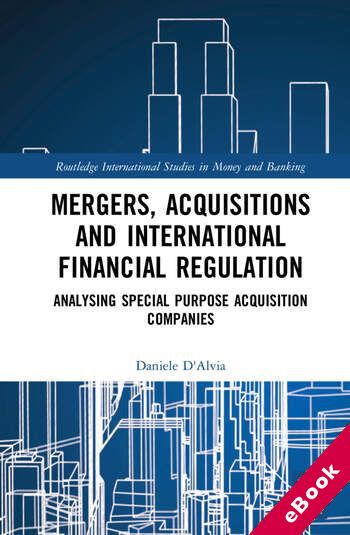
The device(s) you use to access the eBook content must be authorized with an Adobe ID before you download the product otherwise it will fail to register correctly.
For further information see https://www.wildy.com/ebook-formats
Once the order is confirmed an automated e-mail will be sent to you to allow you to download the eBook.
All eBooks are supplied firm sale and cannot be returned. If you believe there is a fault with your eBook then contact us on ebooks@wildy.com and we will help in resolving the issue. This does not affect your statutory rights.
This is a much-needed work in the financial literature, and it is the first book ever to analyse the use of Special Purpose Acquisition Companies (SPACs) from a theoretical and practical perspective. By the end of 2020, more than 240 SPACs listed in the U.S. (on NASDAQ or the NYSE), raising a record $83 billion. The SPAC craze has been shaking the U.S. for months, mainly because of its simplicity: a bunch of investors decides to buy shares at a fixed price in a company that initially has no assets. In this way, a SPAC, also known as a "blank check company", is created as an empty shell with lots of money to spend on a corporate shopping spree.
Could the trend be here to stay? Are SPACs the new legitimate path to traditional IPO? This book tackles those questions and more. The author provides a thorough analysis of SPACs including their legal framework and how they are used as a risk mitigation tool to structure transactions. The main objectives of the book are focused on finding a working definition for SPACs and theorising on their origins, definition, and evolution; identifying the objectives of financial regulation within the context of the recent financial crisis (2007-2010) and the one that is currently unfolding (Covid-19); and also describing practical examples of SPACs through a comparative study that, for the first time, outlines every major capital market on which SPACs are listed, in order to identify a possible international standard of regulation.
The book is relevant to academics as well as policymakers, international financial regulators, corporate finance lawyers as well as to the financial industry tout court.